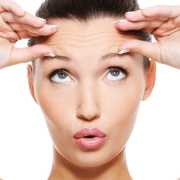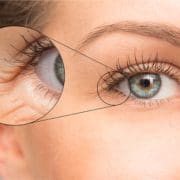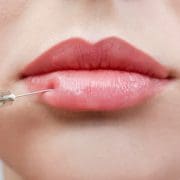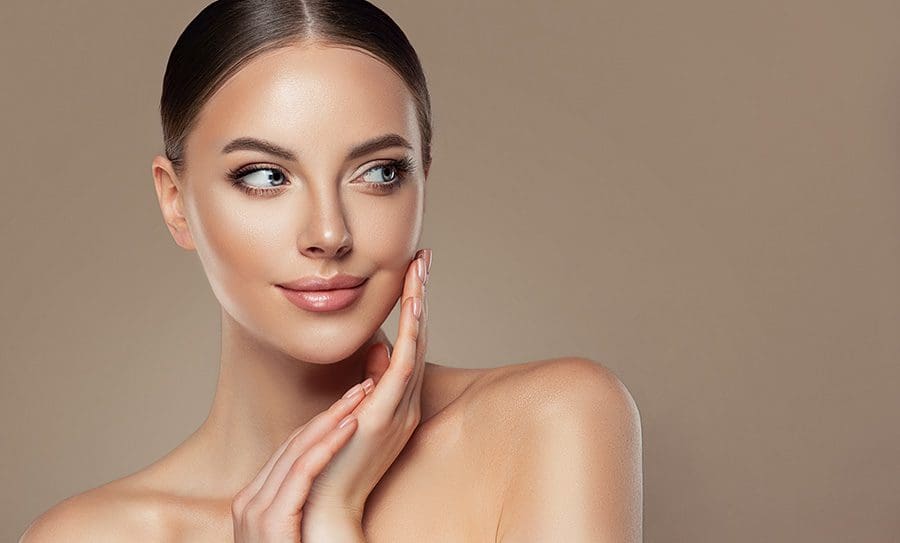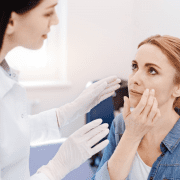As the years pass, our skin starts to show signs of aging, with wrinkles being one of the most common and noticeable changes. Fortunately, advancements in cosmetic treatments have made it easier than ever to combat these signs of aging effectively. At Boss Injectables, we specialise in anti-wrinkle treatments designed to help you achieve a more youthful and refreshed appearance. Whether you’re a first-timer or a seasoned pro, knowing what to expect at your anti-wrinkle appointment can help you feel more at ease and prepared for the experience.
Pre-Appointment Preparation
Before your appointment, there are a few steps you can take to ensure you are ready and can make the most out of your treatment.
Consultation and Assessment
The journey to smoother skin begins with a thorough consultation. During this initial meeting, one of our experienced practitioners will assess your skin, discuss your concerns, and understand your goals. This consultation is crucial as it helps to create a personalised treatment plan tailored to your unique needs.
Medical History and Allergies
You will be asked to provide your medical history, including any medications you are taking and any known allergies. This information is essential to ensure that the treatment is safe and suitable for you.
Avoid Certain Medications
It is recommended to avoid blood-thinning medications like aspirin and ibuprofen a few days before your appointment, as these can increase the risk of bruising. Also, avoid alcohol and smoking, as these can affect the treatment and recovery process.
Skincare Routine Adjustments
Refrain from using any exfoliating or irritating skincare products in the days leading up to your appointment. Products containing retinoids or acids can increase skin sensitivity and should be avoided to minimise the risk of irritation.
The Appointment: Step-by-Step
On the day of your appointment, you can expect a comfortable and professional experience at Boss Injectables. Here’s a step-by-step guide of what will happen during your visit.
Arrival and Check-In
Upon arrival, you will be warmly greeted by our friendly staff and asked to check in. If it’s your first visit, you will need to fill out some paperwork, including a consent form for the treatment.
Facial Assessment and Marking
Once in the treatment room, your practitioner will begin with a detailed assessment of your facial muscles and skin. They will discuss the areas you wish to treat and may take photos for your medical records. The practitioner may also mark the areas to be treated to guide the injection process.
Numbing and Preparation
To ensure your comfort, a topical numbing cream may be applied to the treatment areas. While anti-wrinkle injections are generally well-tolerated, this step helps to minimise any discomfort you might feel during the procedure.
The Injection Process
The actual injection process is relatively quick, usually taking only 10 to 20 minutes depending on the number of areas being treated. Using a fine needle, the practitioner will carefully inject small amounts of the anti-wrinkle solution into the targeted muscles. The injections may cause a slight pinching sensation, but this is typically brief and mild.
Post-Treatment Care and Instructions
After the injections, you will be given detailed aftercare instructions to ensure optimal results and minimise any potential side effects.
Immediate Post-Treatment Care
- Avoid Touching the Treated Areas: Do not rub or massage the treated areas for at least 24 hours to prevent the solution from spreading to unintended areas.
- Stay Upright: Remain in an upright position for four hours post-treatment to help the solution settle properly.
- Avoid Exercise: Refrain from vigorous exercise for 24 hours to reduce the risk of bruising and swelling.
What to Expect in the Following Days
In the days following your treatment, you might notice some mild redness, swelling, or bruising at the injection sites. These effects are typically minimal and should subside within a few days. You can use an ice pack to help reduce any swelling if needed.
Follow-Up and Maintenance
Your practitioner will advise on when to schedule a follow-up appointment, usually within two weeks, to assess the results and ensure everything is progressing as expected. Depending on the treatment area and individual response, results can last from three to six months. Regular maintenance appointments are recommended to keep your appearance smooth and wrinkle-free.
Benefits of Anti-Wrinkle Treatments at Boss Injectables
Choosing Boss Injectables for your anti-wrinkle treatments comes with numerous benefits, ensuring a high-quality and satisfying experience.
Experienced Practitioners
Our team consists of highly trained and experienced professionals who are experts in facial anatomy and cosmetic injections. Their skill ensures precise and effective treatments tailored to your needs.
Personalised Approach
Every treatment plan is customised to fit your unique facial structure and aesthetic goals, ensuring natural-looking results that enhance your beauty.
Comfortable Environment
Our clinic provides a welcoming and comfortable environment, making your experience as pleasant and stress-free as possible.
High-Quality Products
We use only premium, FDA-approved products to ensure the highest standards of safety and efficacy in all our treatments.
At Boss Injectables, we are committed to helping you look and feel your best with our expert anti-wrinkle treatments. From the initial consultation to the final results, our dedicated team is here to guide you through every step of the process. By knowing what to expect and how to prepare for your appointment, you can approach your treatment with confidence and peace of mind. Book your appointment today and take the first step towards a more youthful and rejuvenated appearance.
For more information or to schedule your consultation, contact Boss Injectables and let us help you achieve the smooth, wrinkle-free skin you deserve.


